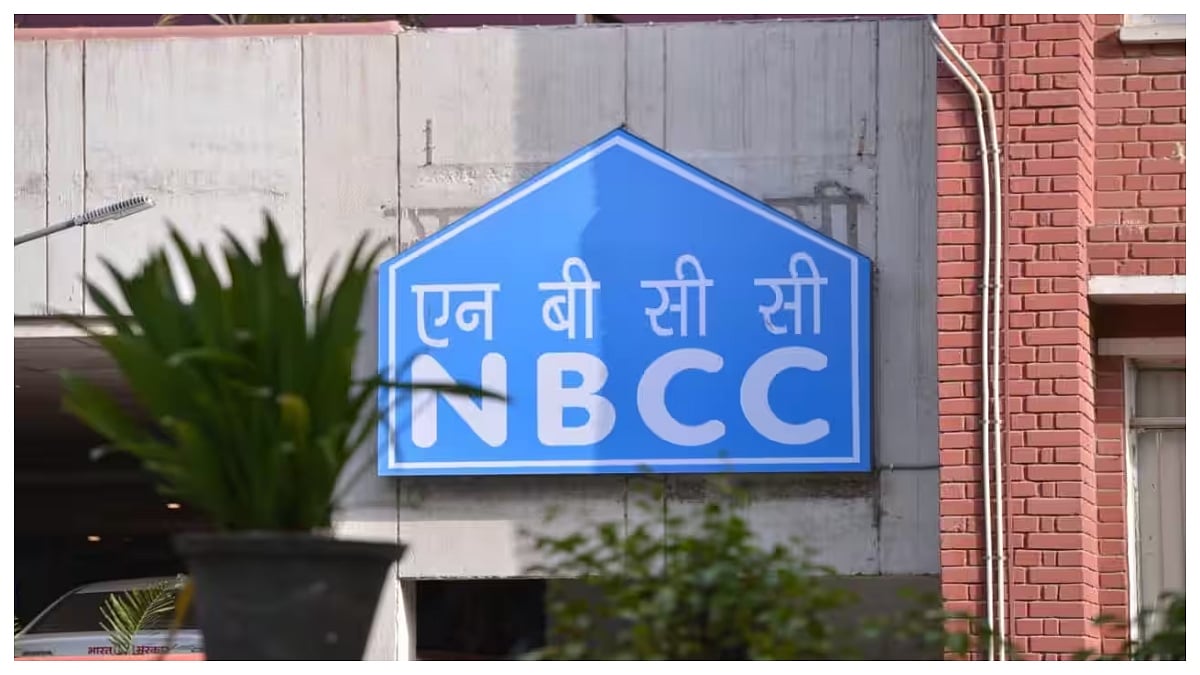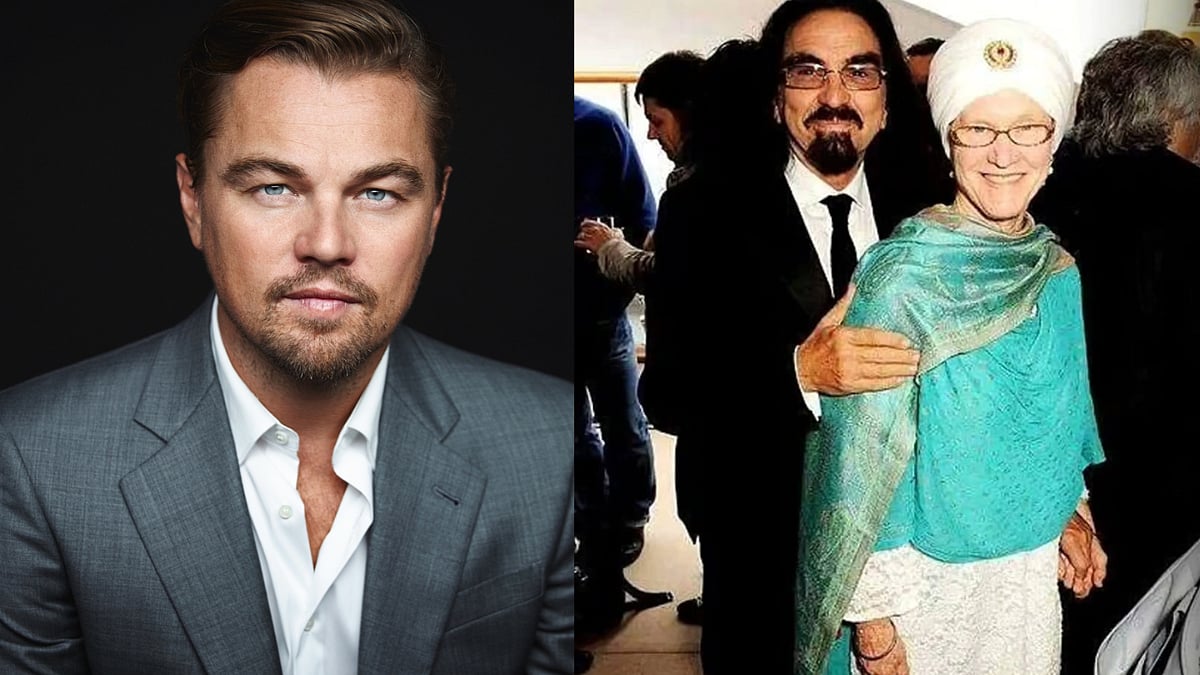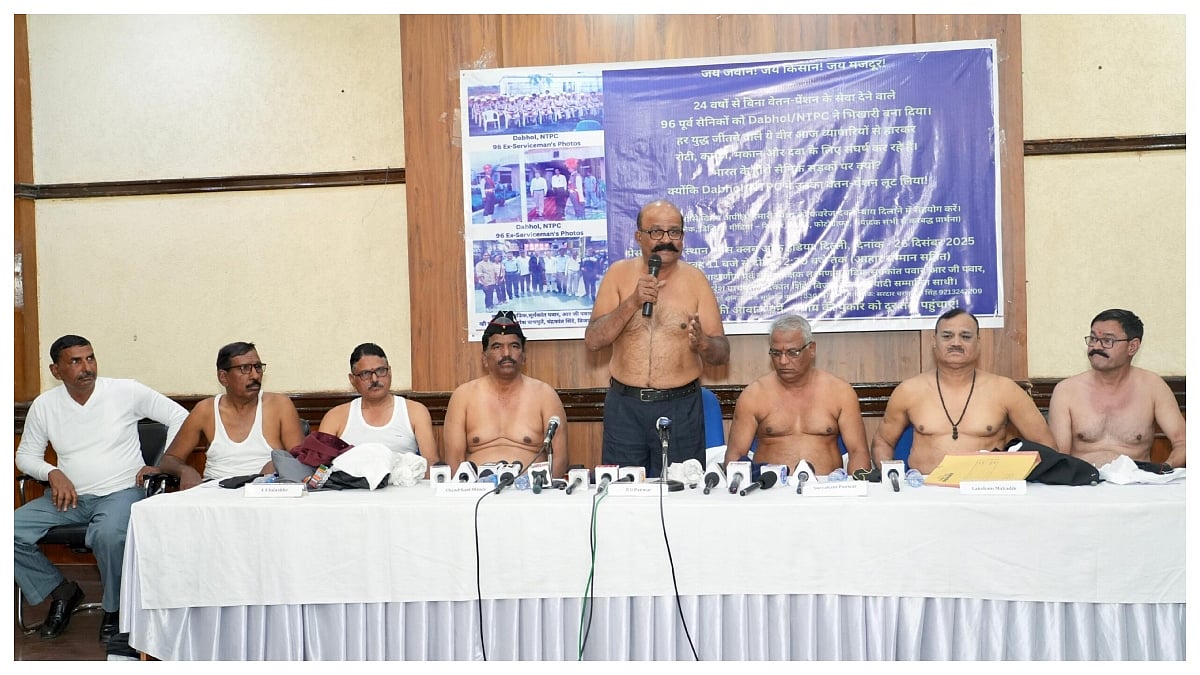New Delhi: Government sources say they’ve finalised the terms of reference and picked the chairman and members for the new panel. This group is set to review pay and pension rules for over 11.8 million central government employees and pensioners. But so far, there’s no official word on when exactly the panel will launch—maybe next week, maybe later.
This commission covers everyone whose last major pay revision came under the 7th Central Pay Commission, which kicked in back in January 2016.
Scope and Timeline
Once the 8th Central Pay Commission (CPC) gets going, it’ll take on the usual once-in-a-decade review of pay, allowances, and pensions. Reports say the government wants the new structure in place starting January 2026, though nobody can say for sure if that’ll happen on time.
Some experts point out that, judging by what’s happened before, things could easily stretch out to 2027 or even 2028.
Proposed Pay Matrix and Hike
Early media stories suggest the 8th CPC plans to roll out a clearer, more uniform pay matrix to align salaries across departments. Entry-level staff in Level 1 could see their basic pay jump from around Rs 18,000 to Rs 21,600. Senior officials at Level 18 might get a bump from Rs 2.5 lakh to about Rs 3 lakh. These numbers aren’t official yet; they’re mostly from leaks and speculation.
Research points to a possible pay and pension hike of 30-34 percent for many people under the new commission.

Key Considerations and Risks
The Cabinet has signed off on forming the 8th CPC, but the formal notification and final list of members are still pending.
The goal is to bring in the new pay structure by January 2026, but that’s more of a target than a promise. Any delay means employees and pensioners could rack up arrears.
This isn’t a small expense. With millions in line for raises, the government’s financial burden will jump sharply.
Just like with earlier commissions, the real impact depends on the fine print—things like the fitment factor, how allowances are handled, and the new pension rules will decide what people actually take home.









